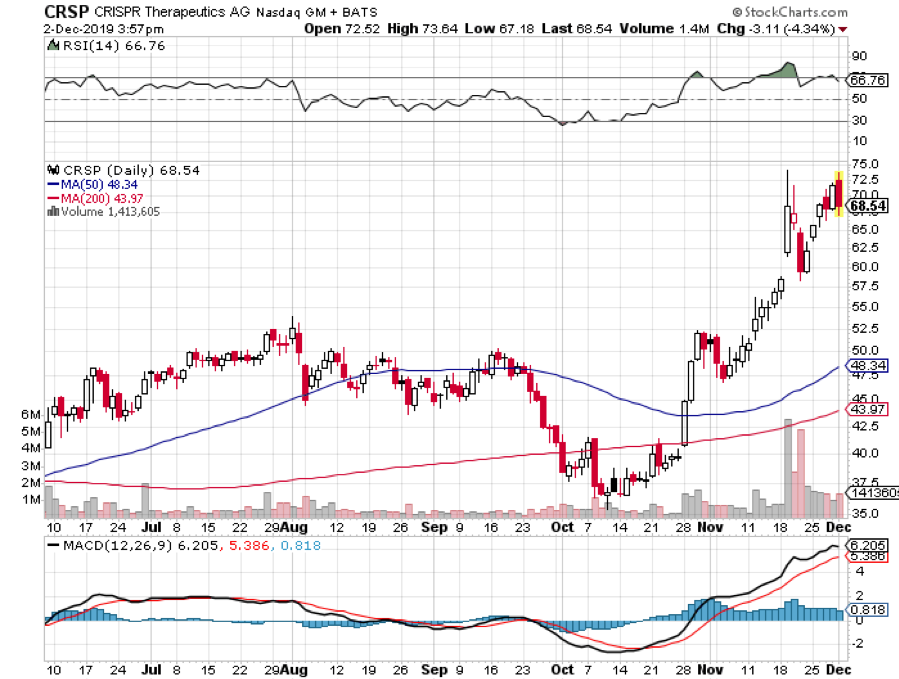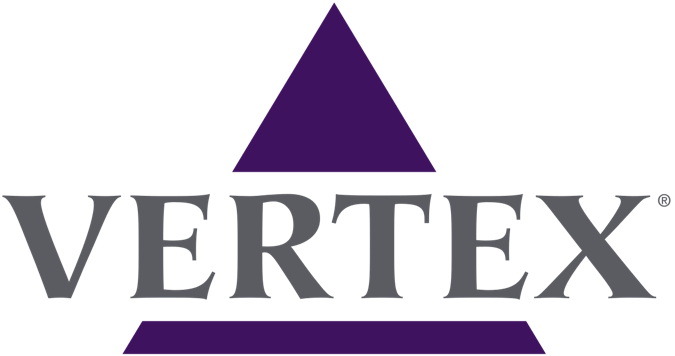Since I first recommended this stock two months ago, it has risen a ballistic 35%. In fact, so have most of our other Biotech and Healthcare recommendations.
Vertex Pharmaceuticals Inc. (VRTX) is the unequivocal king of the genetically rare lung condition cystic fibrosis (CF). To further prove its stronghold of the market, the company recently received FDA approval for its fourth CF treatment called Trikafta — five full months ahead of schedule and merely three months following the company’s application.
In a few weeks, the drug will be available in pharmacies carrying a price tag of $311,000. This puts Trikafta somewhere in the range of another prized Vertex CF treatment, Kalydeco. Sales of this newest drug is estimated to reach $4.6 billion by 2023 and more than $6.6 billion by 2025, with the drug projected to hit its peak at $10 billion by the second half of 2020.
Hence, this latest addition to Vertex’s pipeline practically guarantees the company’s supremacy over the lucrative multi-billion-dollar sector for the next decade or so. More importantly, sales from this CF drug could — at the very least — double the annual revenue of Vertex.
The projected earnings of Trikafta places it in the blockbuster tier as early as 2020, with the drug anticipated to be marketed as a treatment with a “whole new level” of efficacy compared to the earlier CF medications released by Vertex. With this new addition, the company can now reach 90% of CF patients in the United States — a huge leap from 50% it’s currently allowed to treat.
However, the launch of Trikafta is a bittersweet deal with Vertex as sales of older CF treatments are anticipated to weaken. In particular, the company expects Symdeko and Orkambi to eventually fade away from the market as more and more patients opt for the newer and more potent Trikafta.
Despite the impending success of Trikafta, it appears that Vertex has no intention of letting up. Since its CF products have translated into healthy profits in the past four quarters and a whopping $950 million in the third quarter alone, it’s no wonder the company continues to work on new offerings for this market.
Even with the weakening sales of Symdeko, the performance of CF drugs in the most recent earnings report showed a 21% jump over the same period in 2018. To date, the company has three additional treatments submitted for Phase II trials.
Beyond the CF realm, Vertex has also been looking to expand in other sectors. One of its exciting partnerships is with gene-editing company CRISPR Therapeutics (CRSP), another one of our core recommendations. (CRSP) has only doubled since September.
The two companies have been working closely to come up with game-changing treatments that could pioneer therapies for rare conditions like sickle cell disease, Duchenne muscular dystrophy, and beta thalassemia. All three of these orphan designation drugs have the potential to turn into blockbuster treatments.
For 2019, Vertex projects a product revenue somewhere between $3.70 billion to $3.75 billion. Meanwhile, its full-year earnings per share is estimated to be $4.77, which is a 17% increase from last year’s report.
A clear downside of Vertex is the fact that it’s one of the most highly valued stocks in the biotech industry at 31.1 times forward earnings. Nonetheless, a long-term study of the company’s performance would show that the shares are actually grossly undervalued even at their present-day levels.
After all, this biotech stock has the potential to triple or even quadruple its yearly revenue over the next five years or so especially if its partnership with CRISPR Therapeutics comes into fruition.
Overall, the growth and profitability profile of Vertex makes it an attractive stock to own. Add to that its promising pipeline and you have one of the most attractive names in the biotech sector. Hence, now is the ideal time for investors to buy Vertex shares as you can confidently bet on its dominance on the CF market as well as its exciting gene-editing ventures and potential revenue stream.
Keep buying both (VRTX) AND (CRSP) on the next substantial dip.





